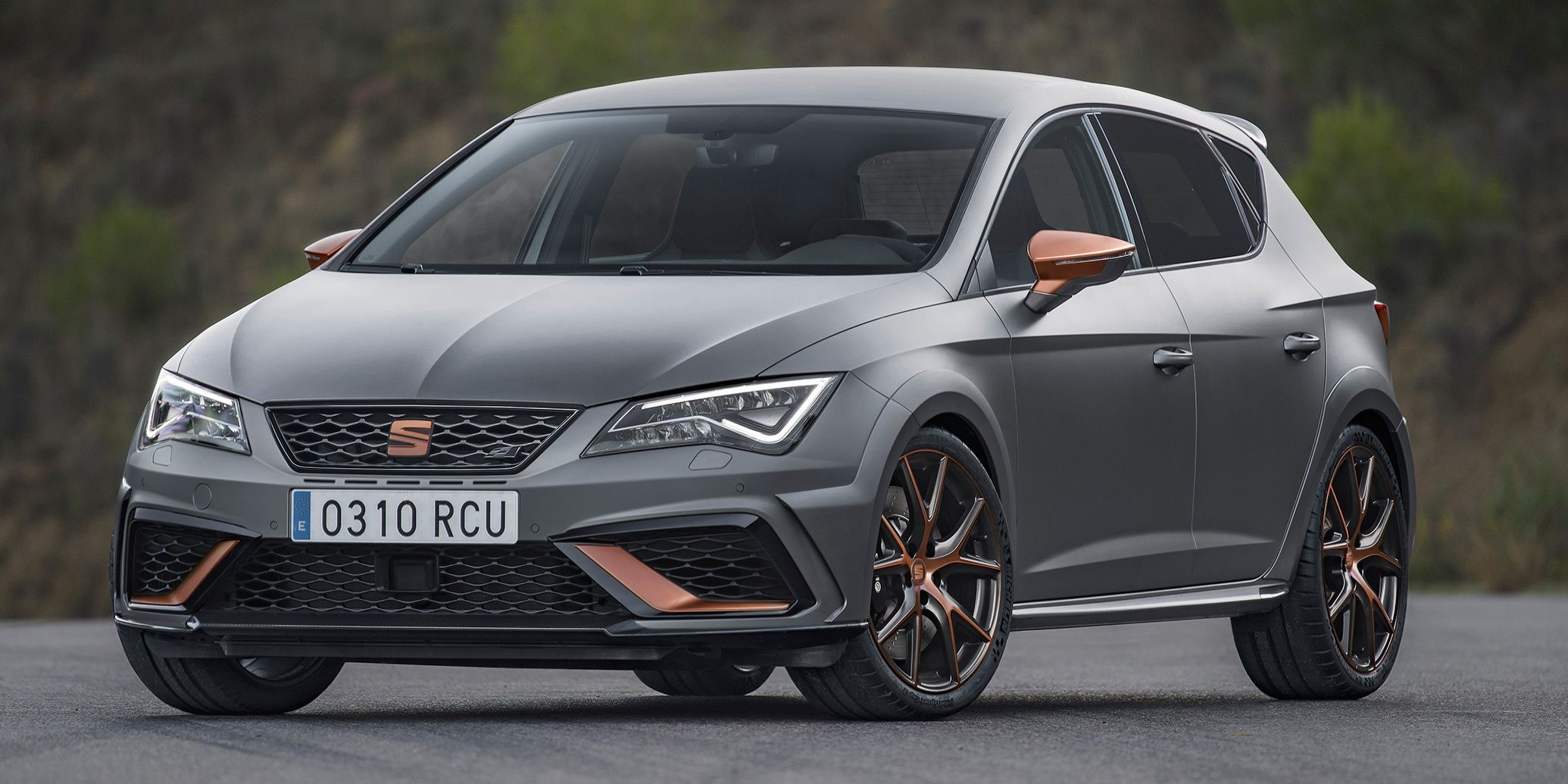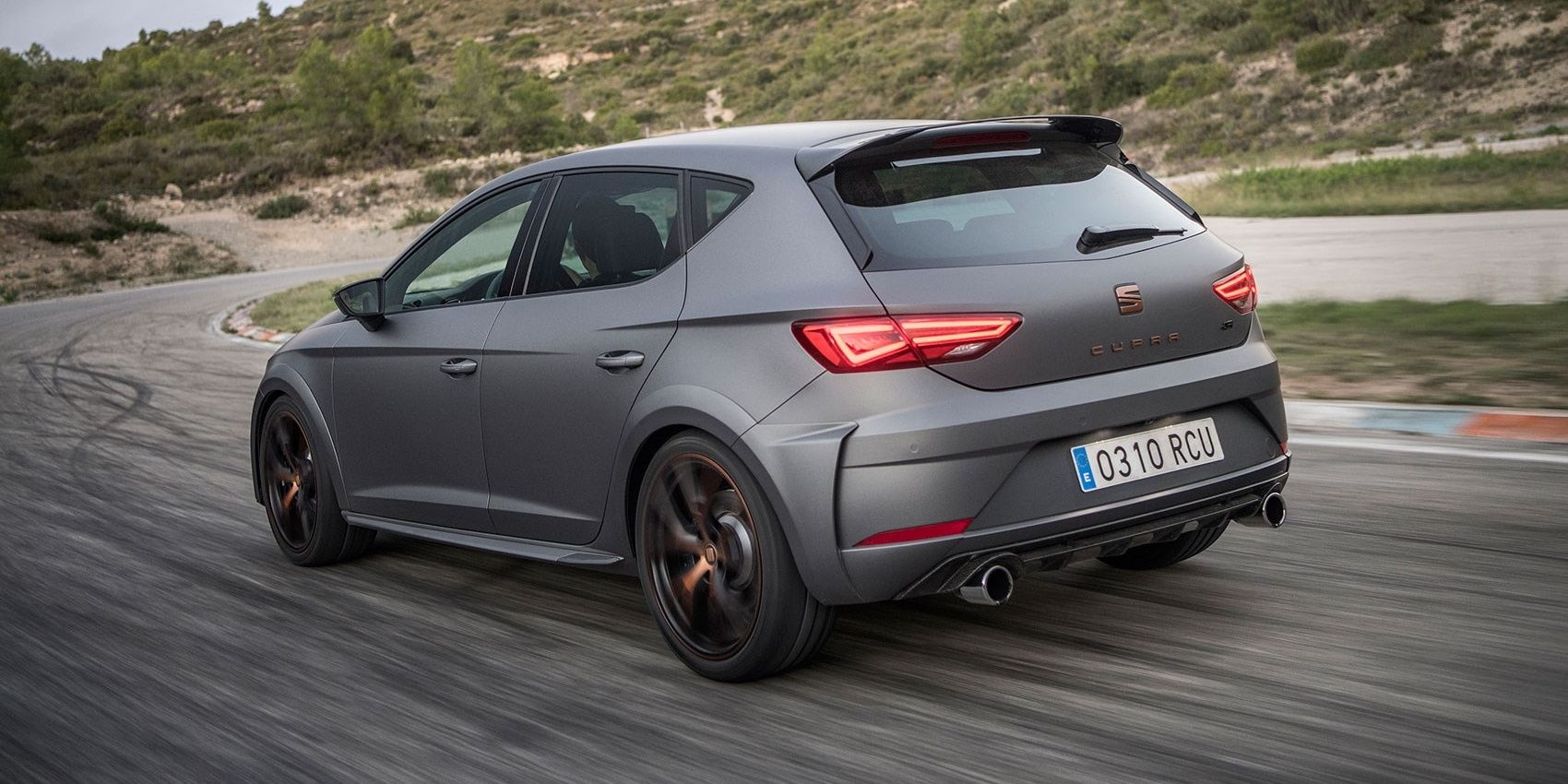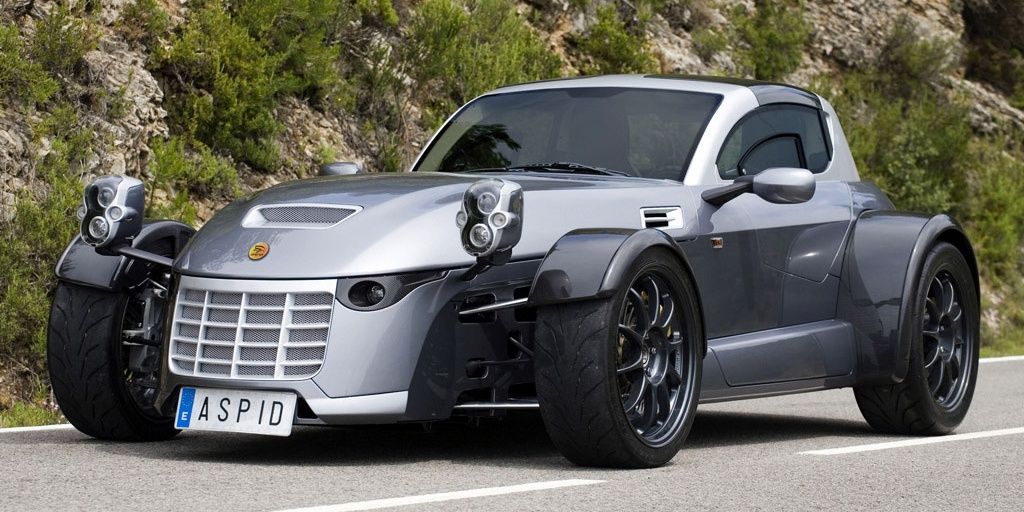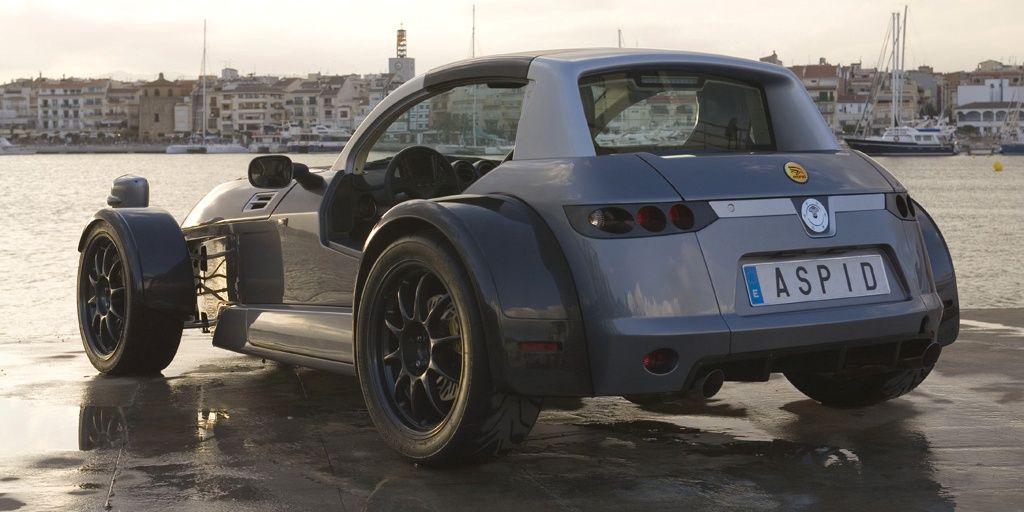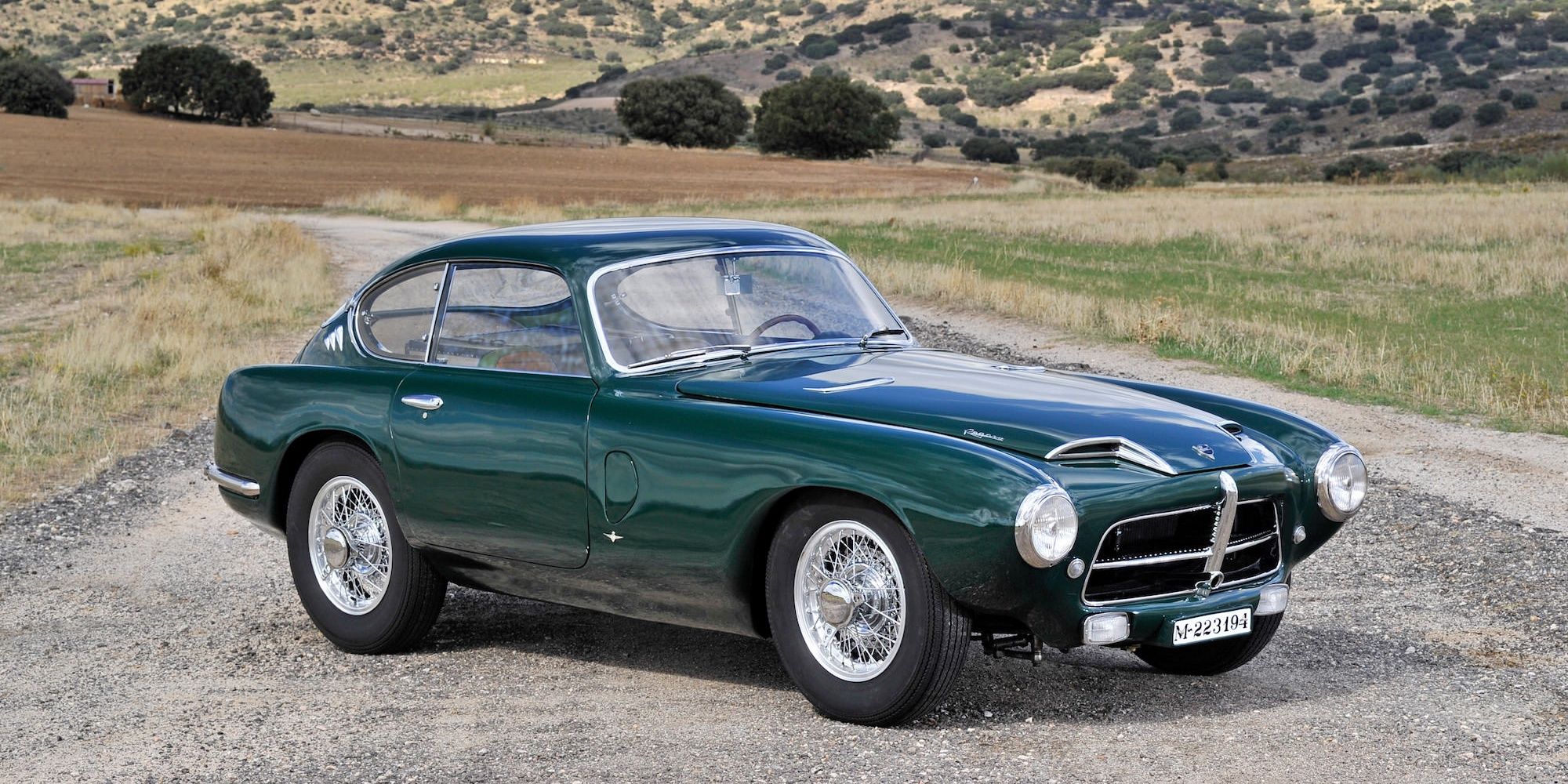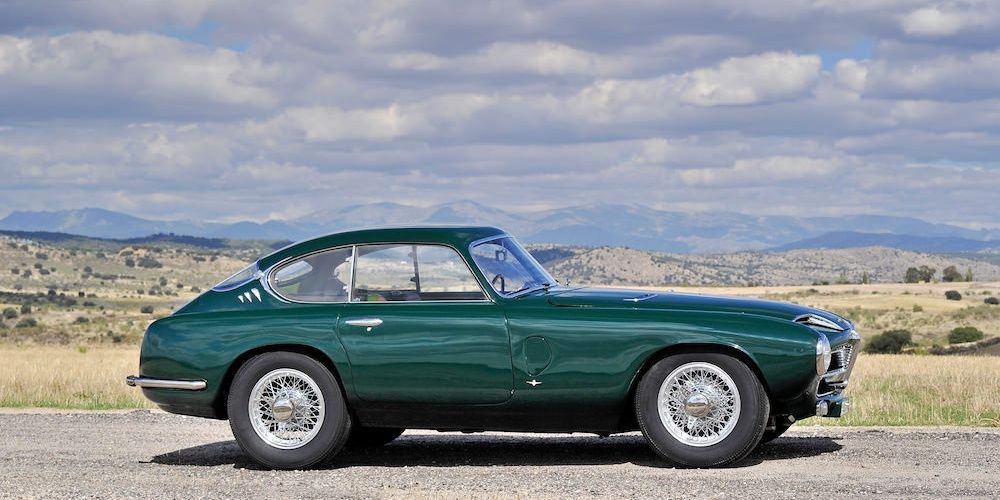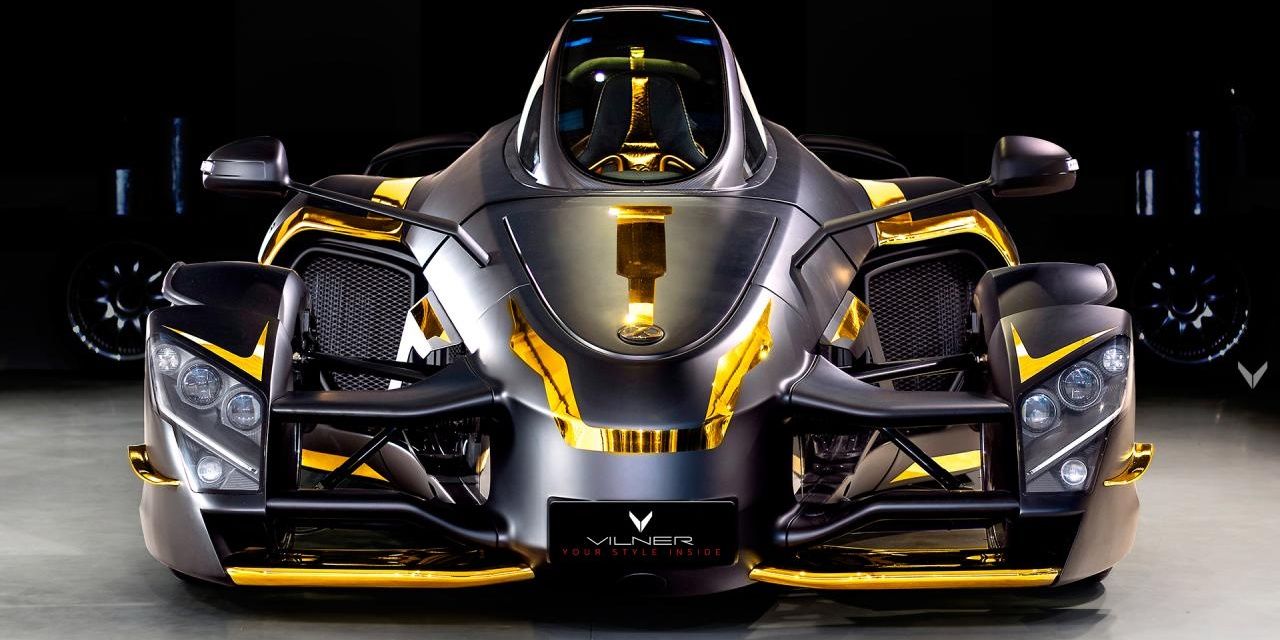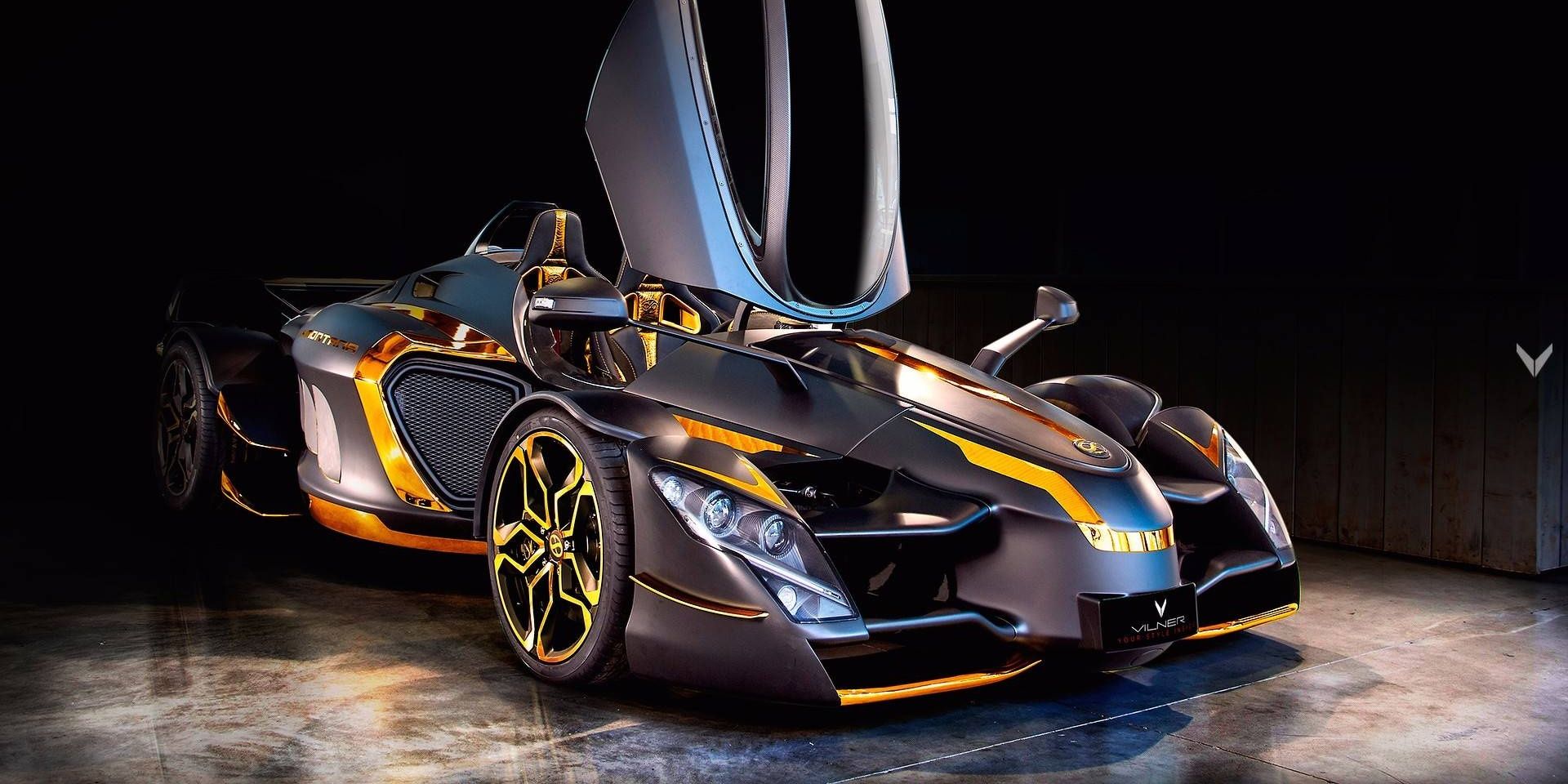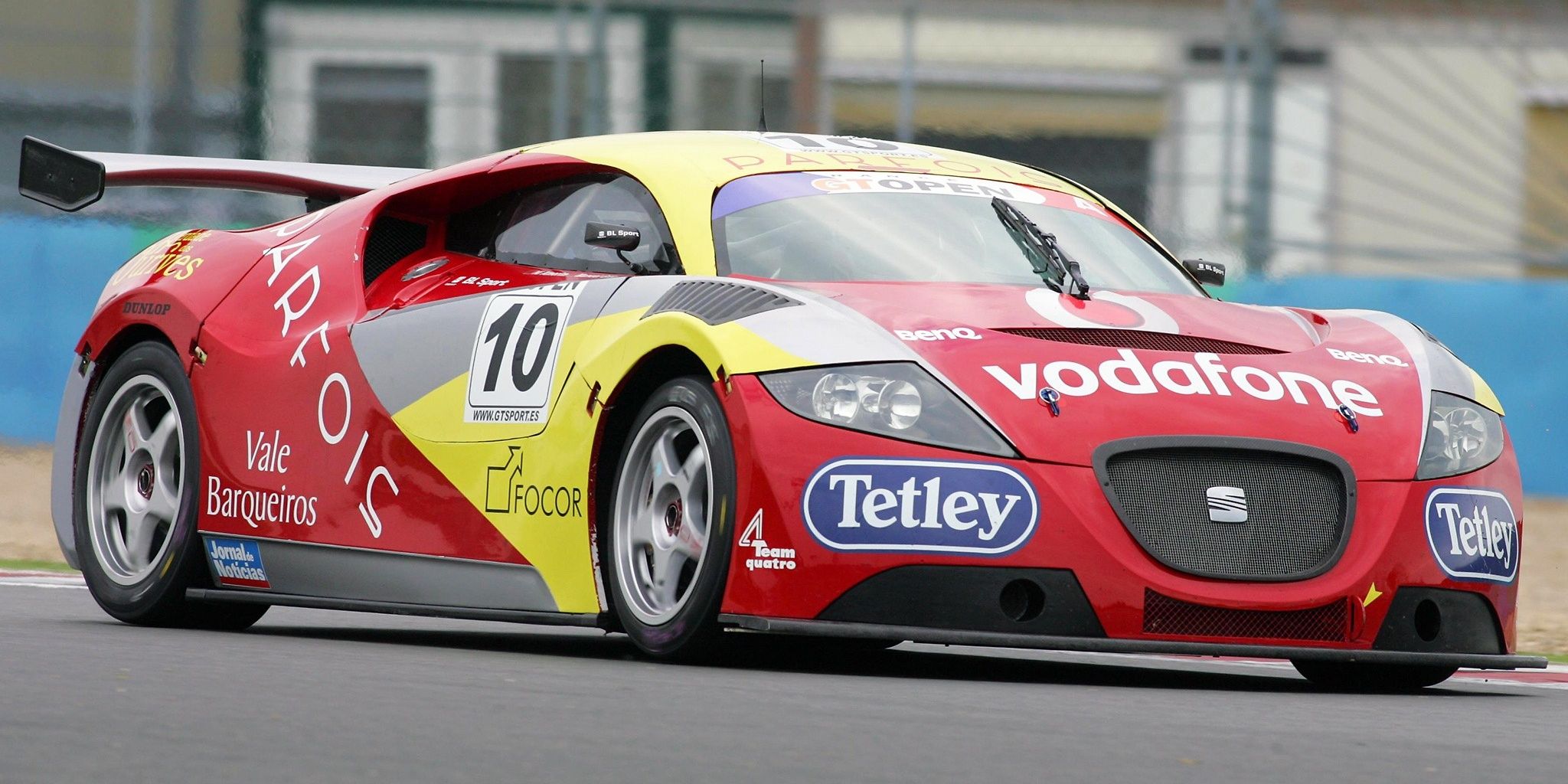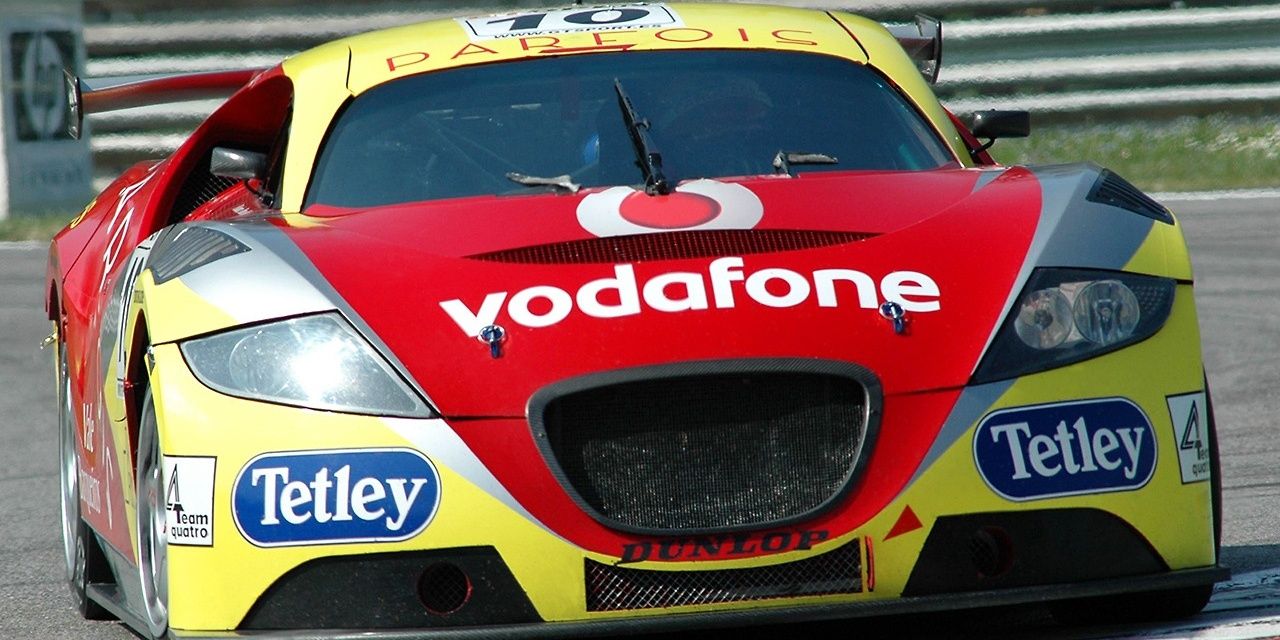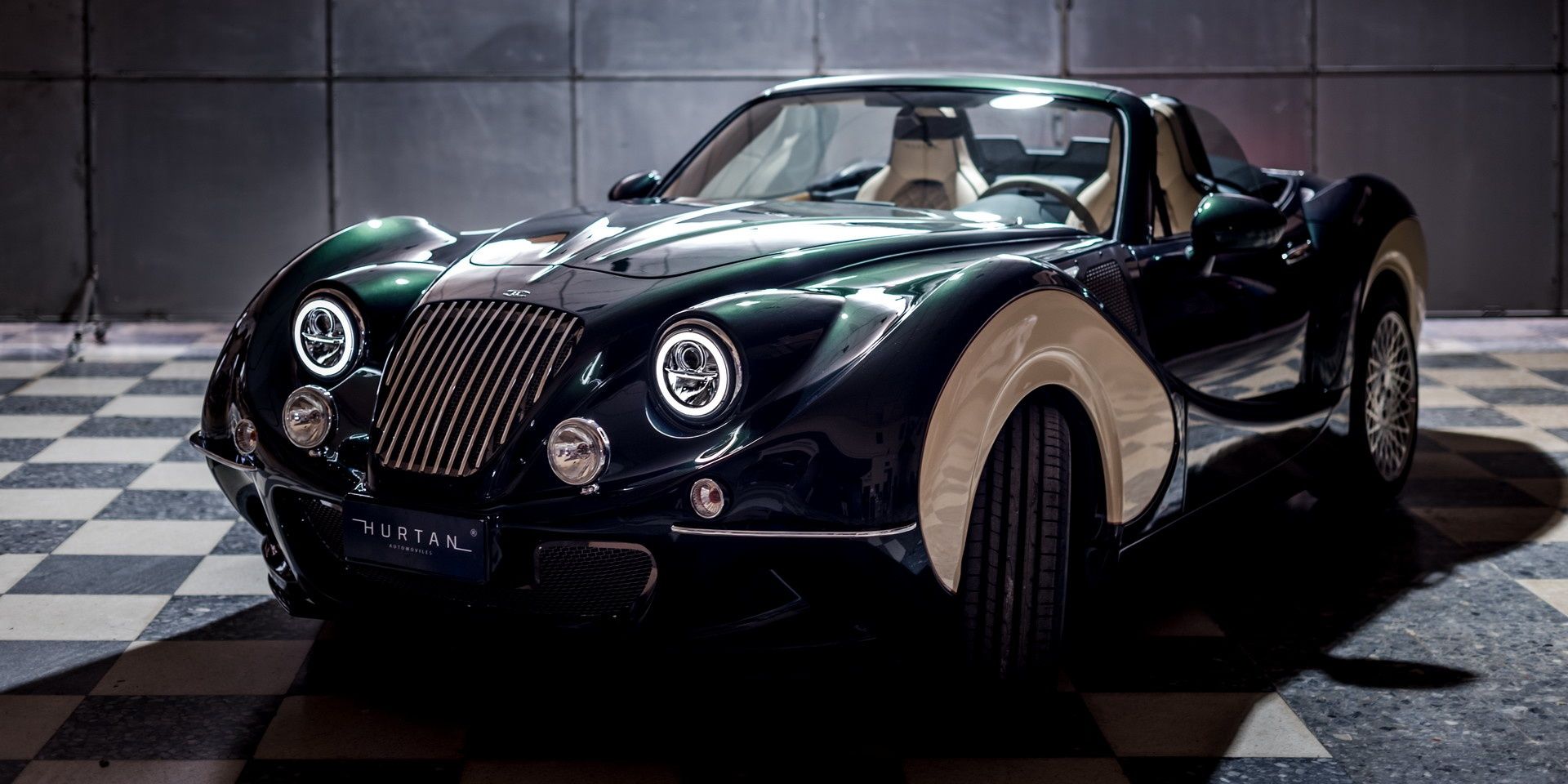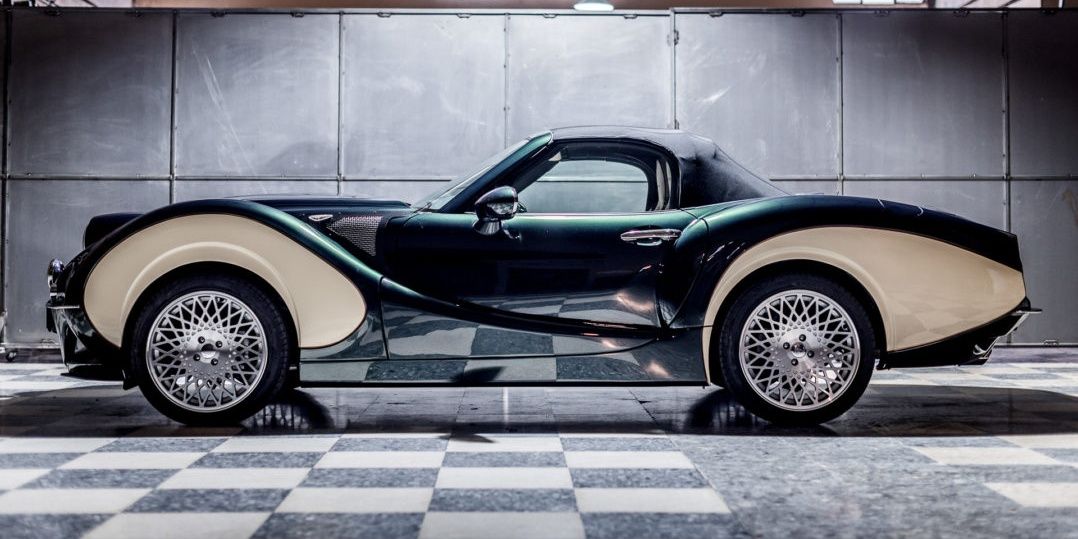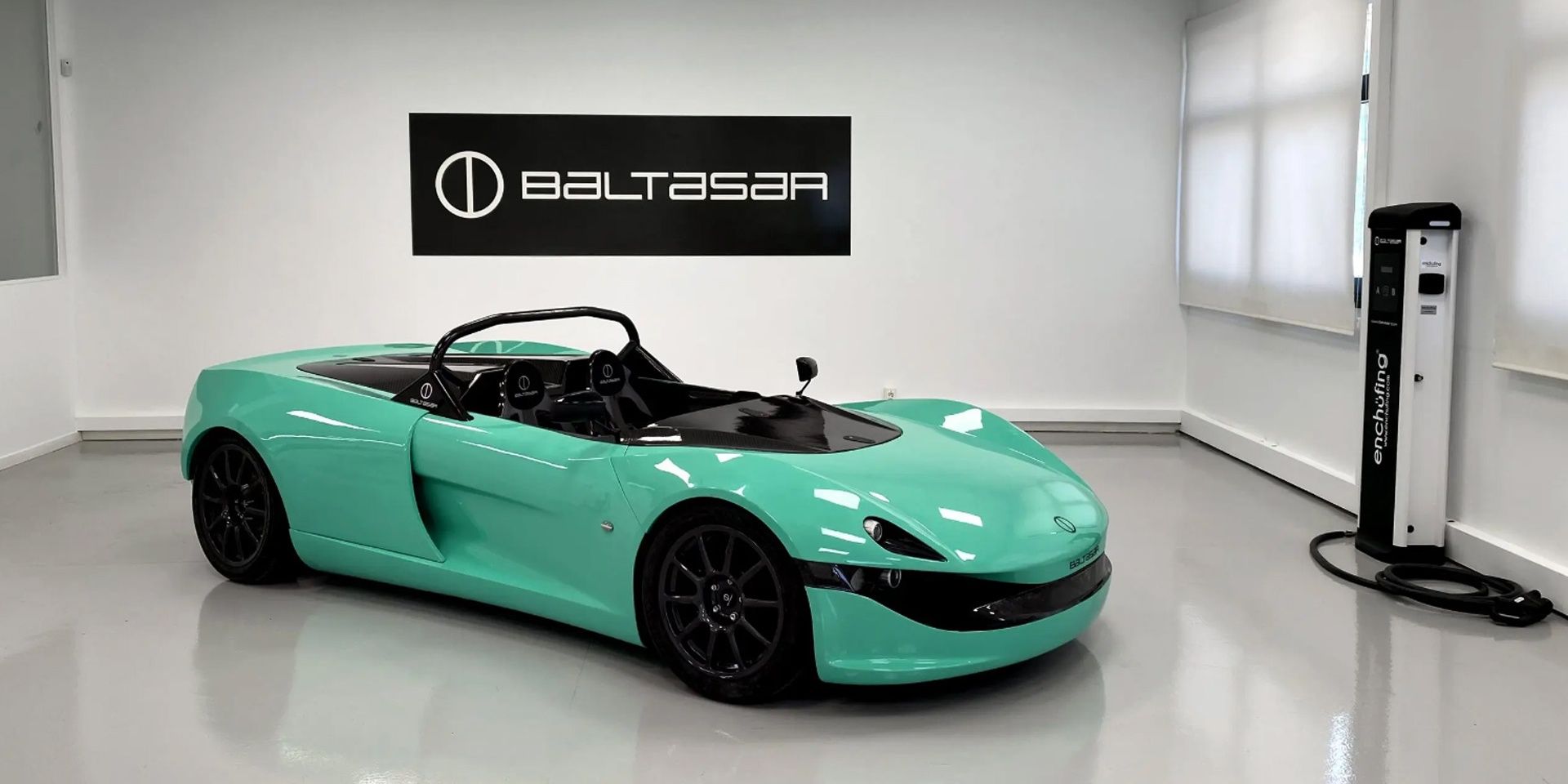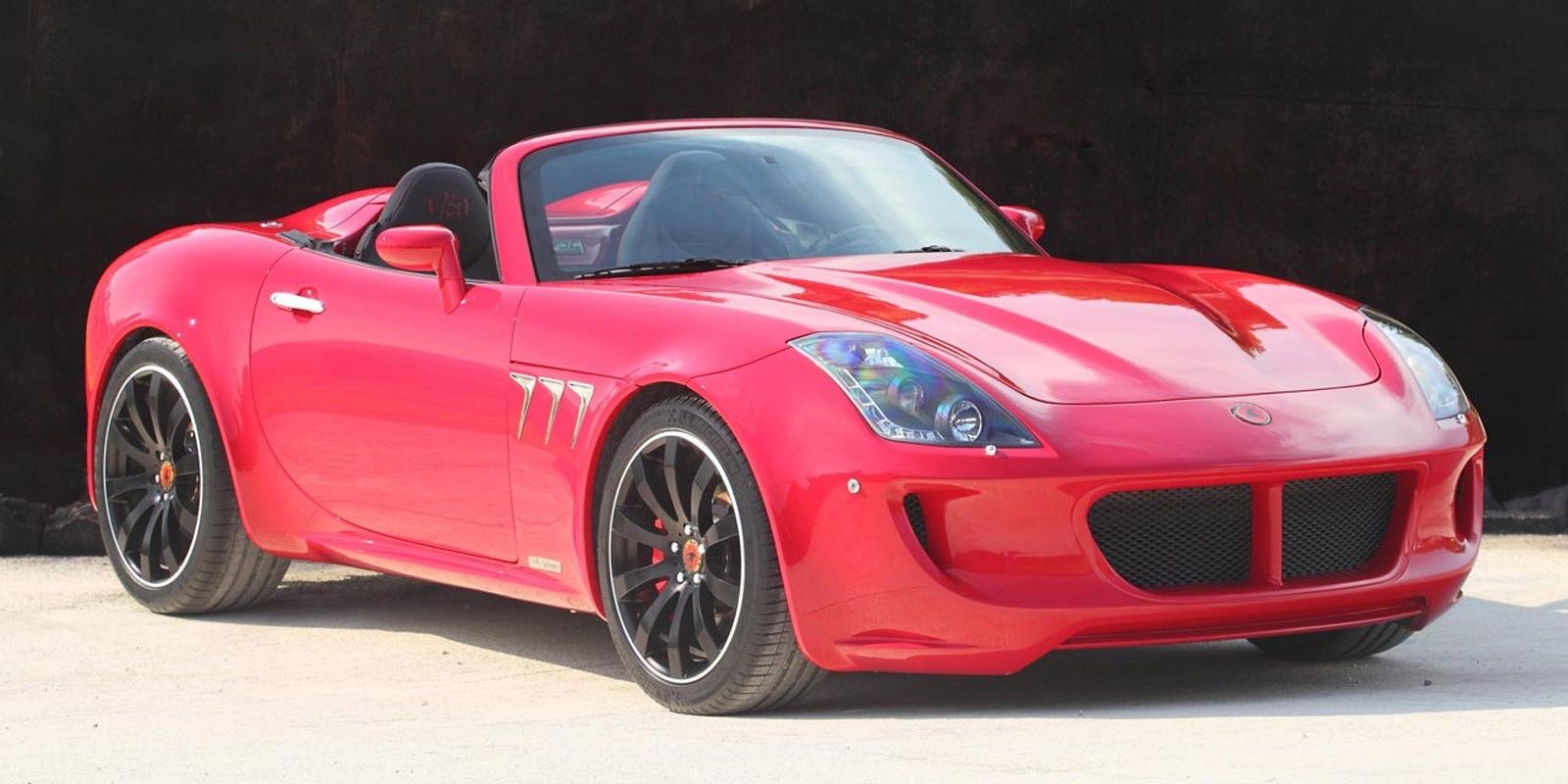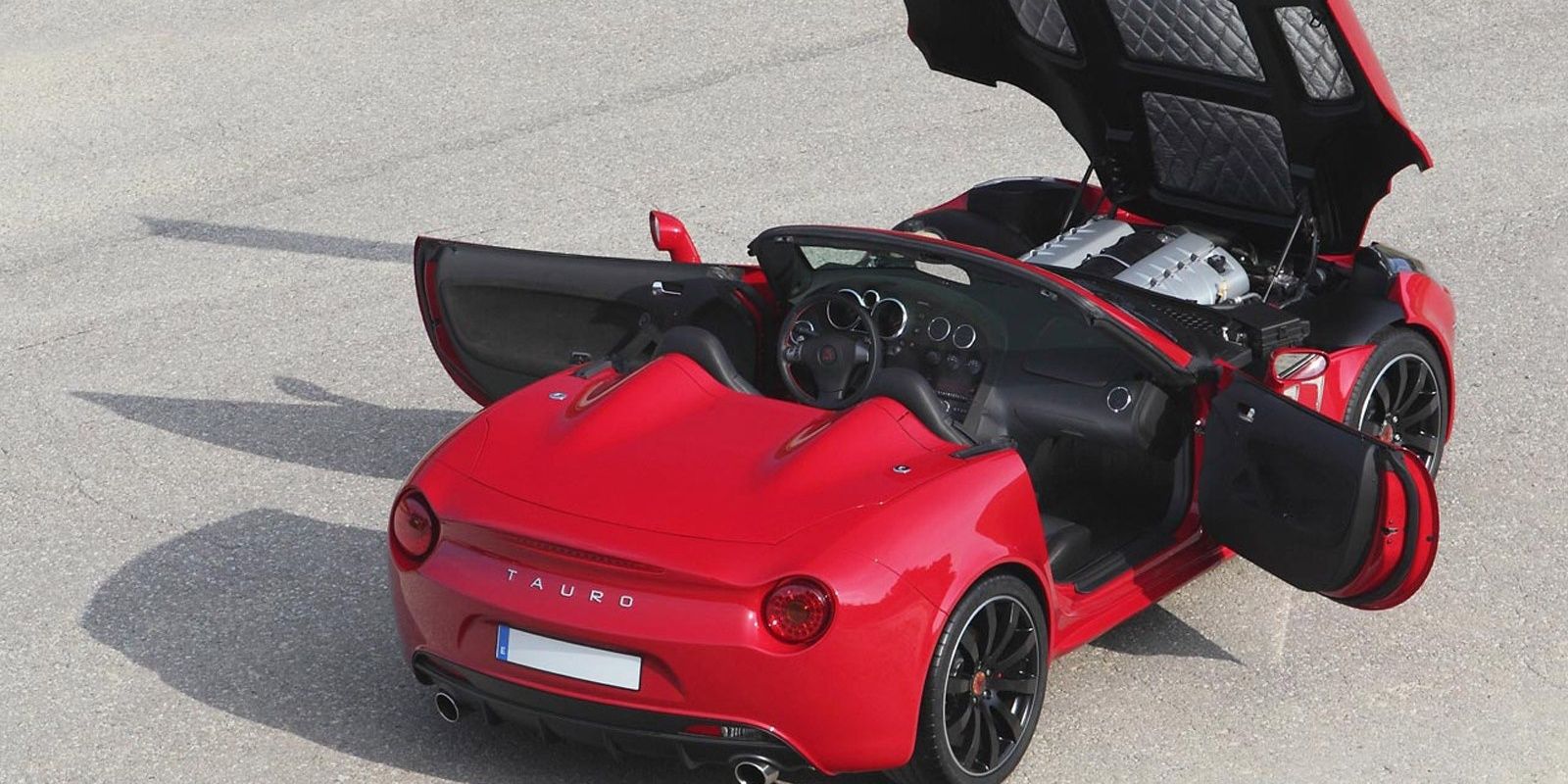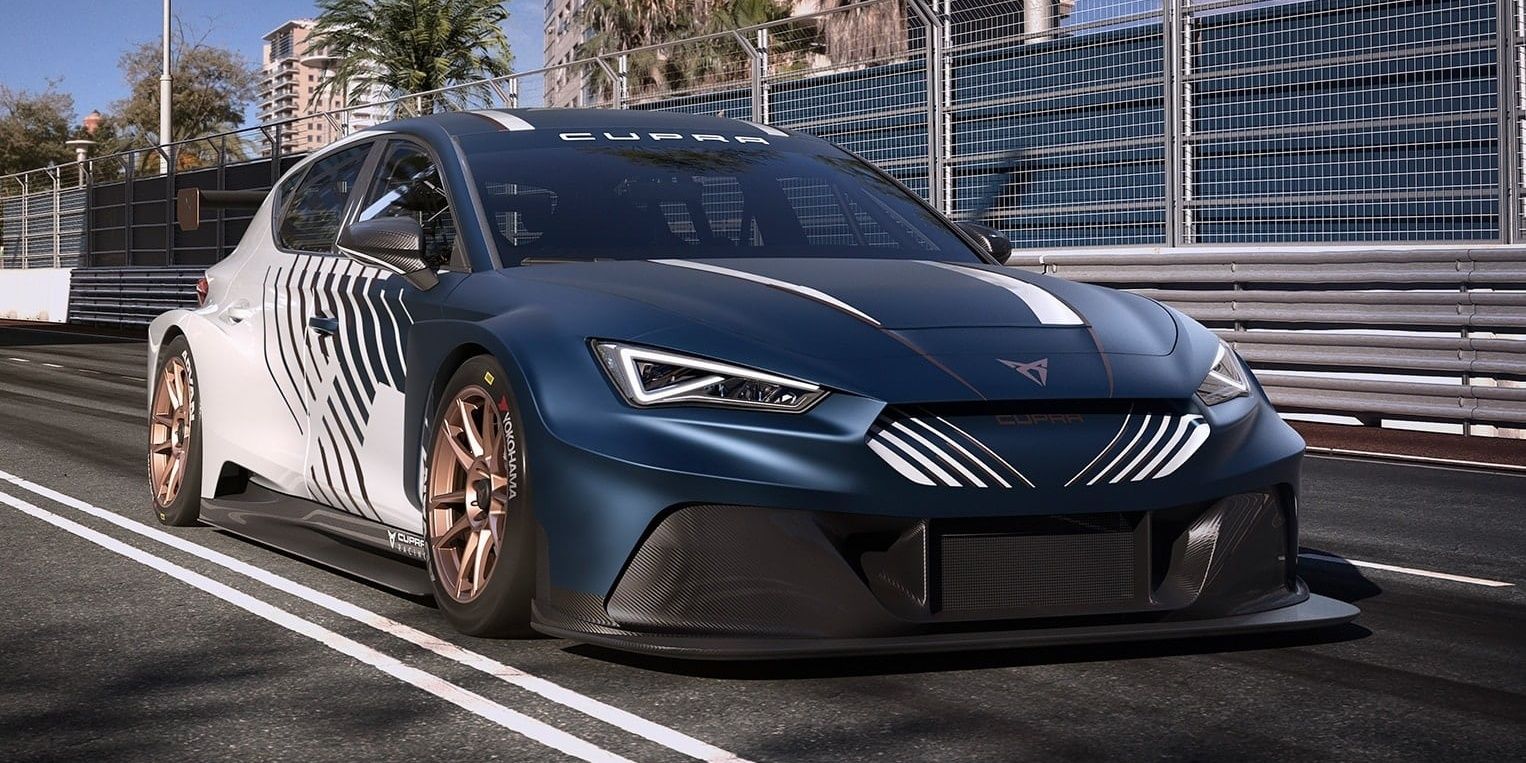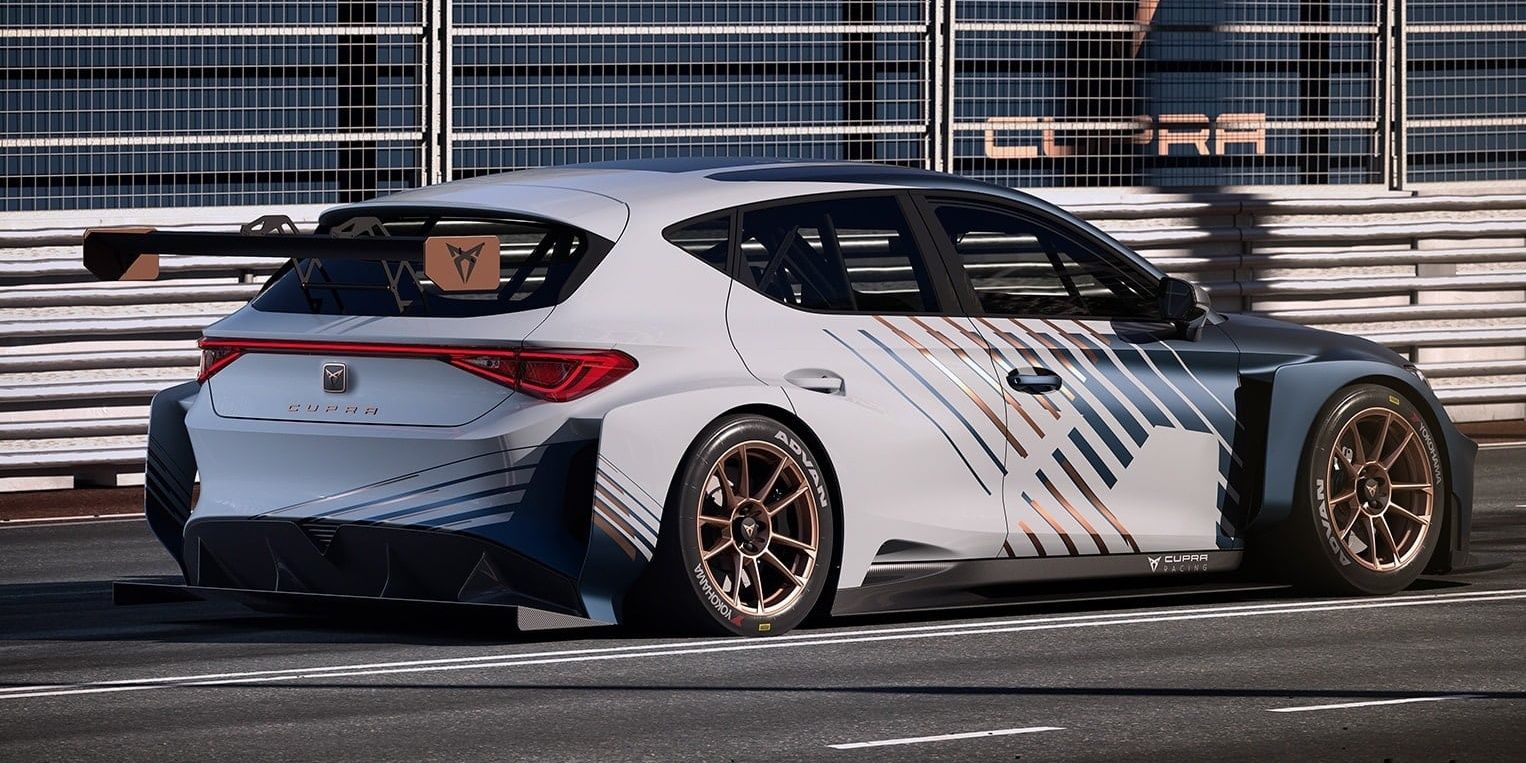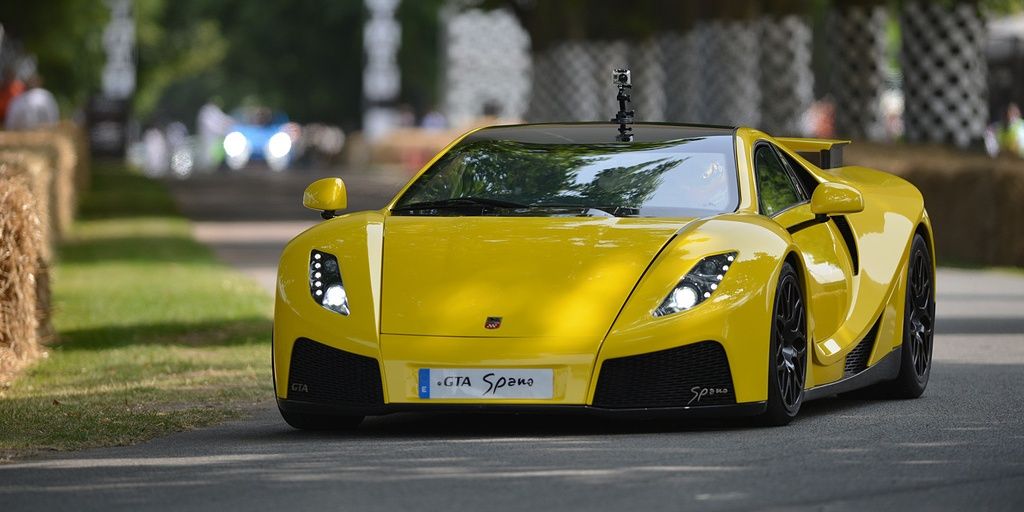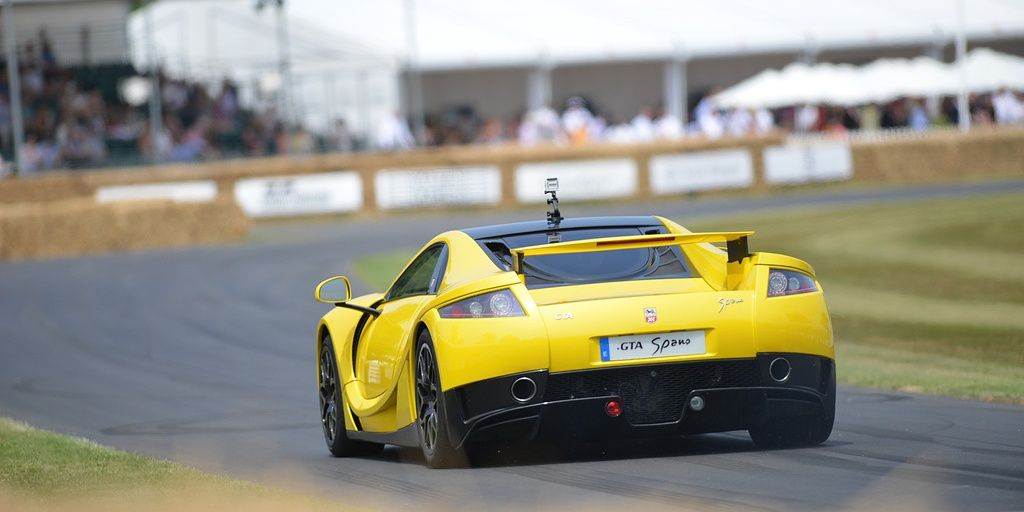Ask most enthusiasts to name the most famous European carmaking countries and a few answers will always crop up. Italy, Germany, the UK, France, and even Sweden all have well-known auto industries, between them producing some of the most iconic cars and most well-known brands. Spain doesn’t usually feature in the conversation at all, and in fact, many American gearheads might not even be aware that the country even makes cars. But in fact, it does, and there are a surprising amount of Spanish sports cars out there, both from the past and the present.
The best-known Spanish car brand is Seat, which has dealerships all over Europe and is currently expanding its presence in markets like Australia and New Zealand. But, there are plenty of other smaller Spanish manufacturers that make all manner of interesting sports cars that most enthusiasts outside of Europe never get to hear about. From a lightweight EV sports car to a V8-powered roadster based on an old Pontiac, Spain’s small car industry remains big on surprises. Let’s take a look at ten of their coolest sports cars, from the classics to the cutting-edge.
10 Seat Leon Cupra R
Seat, as any good European car manufacturer should, made a hot hatch version of their Leon hatchback that debuted in 2018. The Leon Cupra R took the already-quick Leon Cupra and made it even faster, boosting power to 310 hp and giving it a 0-62 mph time of just 5.8 seconds.
Only 799 examples of the Leon Cupra R were made, and all of them sold out shortly after release. Anyone wanting one today will either have to look for a used example or buy the “regular” Leon Cupra, which looks a lot less striking than this copper-accented special edition.
9 IFR Automotive Aspid
One of the many obscure Spanish sports car brands, IFR Automotive has been making cars since 2003. Their primary model is the Aspid, a 270-hp Honda-engined creation that looks like a Caterham but much uglier.
The car debuted in 2008 and has been in production ever since then. Current pricing isn’t listed on IFR’s website, but a 2009 review from British magazine Evo reported a £90,000 starting price, which is about $145,000 today, accounting for inflation. Presumably, this high price coupled with the car’s ugly looks is the reason it hasn’t become a more well-known name in the sports car world, even after 14 years on sale.
8 Pegaso Z-102
Spain’s car industry isn’t all about modern hot hatches or ugly track day toys, in fact, their carmaking history goes back much further than that. Pegaso was primarily a truck and bus manufacturer, but for a short period during the Fifties, the brand also made sports cars.
The Z-102 was one such car and featured bodywork from Italian coachbuilders Touring, whose lightweight, the aerodynamic design helped transform the car into a genuine industry leader. It was reportedly one of the fastest production cars in the world when it debuted in 1951, but the company made heavy losses on each car produced and switched back to making solely commercial vehicles in 1958.
7 Tramontana XTR
Another fast-but-hideous boutique Spanish creation, the Tramontana XTR boasts an incredible 875 hp thanks to its Mercedes-sourced 5.5L V12 engine. It debuted in 2012 as a revised version of the Tramontana R, the company’s first supercar that it had released a few years prior.
Official performance figures are difficult to come by, but the XTR’s top speed was thought to be well more than 200 mph, and accelerating from 0-60 mph reputedly took a fraction over three seconds. However, with a starting price of €420,000 ($442,000), the XTR was priced way too high to ever make much of an impact on the overall sports car market.
6 Seat Cupra GT
One of the first Spanish mid-engine supercars, the Seat Cupra GT debuted as a concept car in 2003 and was made available for customers to purchase for GT racing shortly after. It featured an Audi-sourced V6 engine that made over 500 hp.
It was reportedly capable of reaching a top speed of 183 mph and featured several novel innovations like a single bolt to secure each wheel, to save time swapping the wheels during pit stops. Unfortunately, a road-legal version was never considered for production.
5 Hurtan Grand Albaycin
One of the biggest headaches for any small sports carmaker is developing the initial chassis and powertrain for their car, but Granada-based Hurtan decided to just skip that step altogether and use somebody else’s. The Grand Albaycin, which debuted in 2021, uses a Mazda MX-5 as a donor car and keeps all its internal components, including its engine.
The bodywork is all-new though, with styling that looks like a cross between a Morgan, a Mitsuoka, and perhaps an old Jaguar MkII. It’s certainly unique, and it’s not too expensive, with prices starting at €59,000 ($62,165). Will that be enough to convince many people to buy it? Only time will tell.
4 Baltasar Revolt
Most electric car startups focus on producing large, luxurious vehicles, as that has traditionally been where the highest profit margins can be achieved. But, Baltasar is a little different, as their first car is a lightweight, RWD electric roadster that’s built for the track.
It features a dual-motor, 500 hp powertrain, and a battery that should be able to charge enough for 100 km (62 miles) of range in just 5 minutes. It’s still in development as of the time of writing, but hopefully, buyers will be able to get their hands on this exciting little track car very soon.
3 Tauro V8 Spider
Another small manufacturer that decided to borrow a chassis rather than develop their own, Tauro unveiled their V8 Spider in 2012. It’s based on the Pontiac Solstice, but instead of the Solstice’s regular inline-4 engine, the V8 Spider gets a 440 hp 6.3L LS3 V8.
So, in other words, the Tauro is the sports car that Pontiac fans were hoping the company was going to make in the first place. Tauro made a limited run of just 30 units of the car, selling each for roughly $125,000.
2 Cupra Leon E-Racer
The Cupra brand was spun off from parent brand Seat in 2018, with Cupra focusing on performance and racing while Seat primarily makes passenger cars. The Cupra Leon E-Racer is a vision of Cupra’s future, as it’s all-electric and comes with a whopping 680 hp.
The car was extensively developed by Cupra’s in-house racing team and then debuted in the FIA eTouring Car World Cup in 2021, winning the inaugural manufacturer’s title. The car will also race in the 2022 season, which is set to begin at the Circuit du Pau-ville in France on the 6th of May.
1 GTA Spano
One of the most high-profile Spanish sports cars upon its release, the GTA Spano promised to be a rival to the likes of Ferrari and McLaren. It featured a V10 sourced from the Dodge Viper that made up to 900 horsepower thanks to a pair of beefy twin turbos.
It’s not known exactly how many were produced, but Top Gear reports that the plaque on the car’s dashboard labels it as one of 99 units. GTA probably never managed to produce all 99 promised cars, but several are known to exist and have been photographed out on the road. The company is reportedly readying a “Spano R” which is slated to debut later in 2022.
